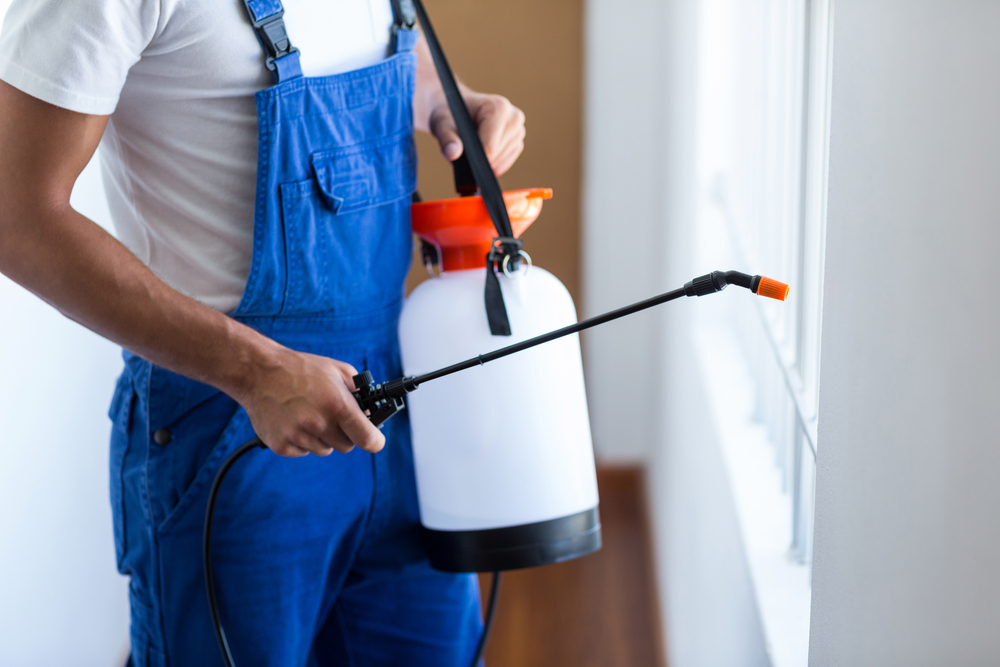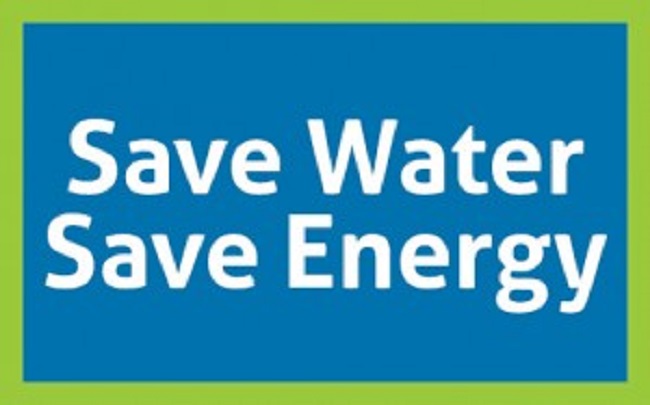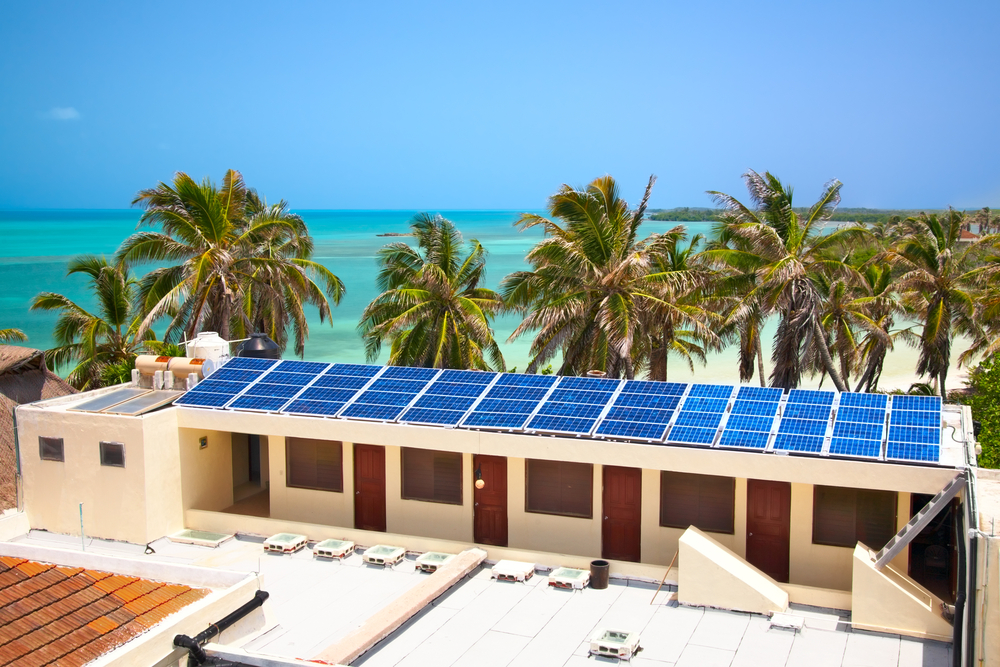There are two major reasons why people decide to have a solar water heater in their households. The first one is to save on the electricity bill and the second one is to help the environment get back on its feet. These two do not go necessarily in that order, and are not mutually exclusive. Whatever the reason is, in order to prolong the effect, it is necessary to keep the solar water heater in the best shape possible. Here’s how to properly maintain it and preserve its flawless operation.
Scale build-up
When liquid and hydronic-based solar water heating systems are concerned, scale build-up is the major maintenance issue. Scaling of mineral deposits is very often caused by domestic water that has a high mineral content (also known as “hard water”, a term the majority of people know from TV commercials). In systems that use water as the heat transfer liquid this problem occurs in the collector, piping and heat exchanger. If other fluids are used for heat transfer, it occurs on the heat exchanger surface. There are several ways to mitigate the issue. Which one you should use depends on the severity of the problem. Using mild acidic solution or a water softener every couple of years, is highly recommended. It is also good to clean the heat exchanger surfaces regularly or use the external ones, in order to make sure that it operates properly.
Corrosion
You maintain your solar water heating system regularly and the corrosion still occurs. Does that mean you are not doing a good enough job? Not necessarily. Even the well-kept systems of the highest quality experience some corrosion problems and it is not a consequence of improper maintenance or low build quality. The issue here is usually galvanic corrosion and the heat transfer fluid is to blame. Glass lined or plastic storage tanks are the solution that will prevent corrosion occurrence, as well as using plastic, rubber, brass or stainless steel plumbing loop components. Naturally, if there are any corroded parts in use, they should be thoroughly cleaned in order to prevent the continuation of the corrosive process, or replaced if this is not possible.

Freezing
Yes, regardless of how strange that may sound, solar water heaters can freeze. This is particularly true for all those whose heat is transferred with liquids and that are used in climates where the temperature falls below 6ºC. The primary purpose of insulation is to improve the performance by preventing heat loss. There are two things that can be done to prevent the heater from freezing. You can either drain the water out when the temperature falls below the critical value or opt for an antifreeze solution as a heat transfer liquid.
Regular Inspection, Refreshing and Cleaning
Even the solar water heaters of the highest quality, such as Rheem hot water heater, need to be regularly inspected to keep them in perfect working order. Regular inspections and prompt replacements of worn out parts are the key for a long life span of any solar water heater. You do not have to do this too often; twice a year is more than enough if there are no evident issues. Check the inside of the storage tank. Make sure all the fittings, valves, pipes and pumps are in perfect working order and that there are no cracks or damage on the body of the tank. Finally, once a year do a complete flush of the system. This will make a huge difference when it comes to the scaling problem.
Just like it is the case with any other household appliance, solar water heaters require proper use, regular inspection and prompt maintenance whenever a problem arises. Dedicate attention to them and they will serve you faithfully for a long time.






